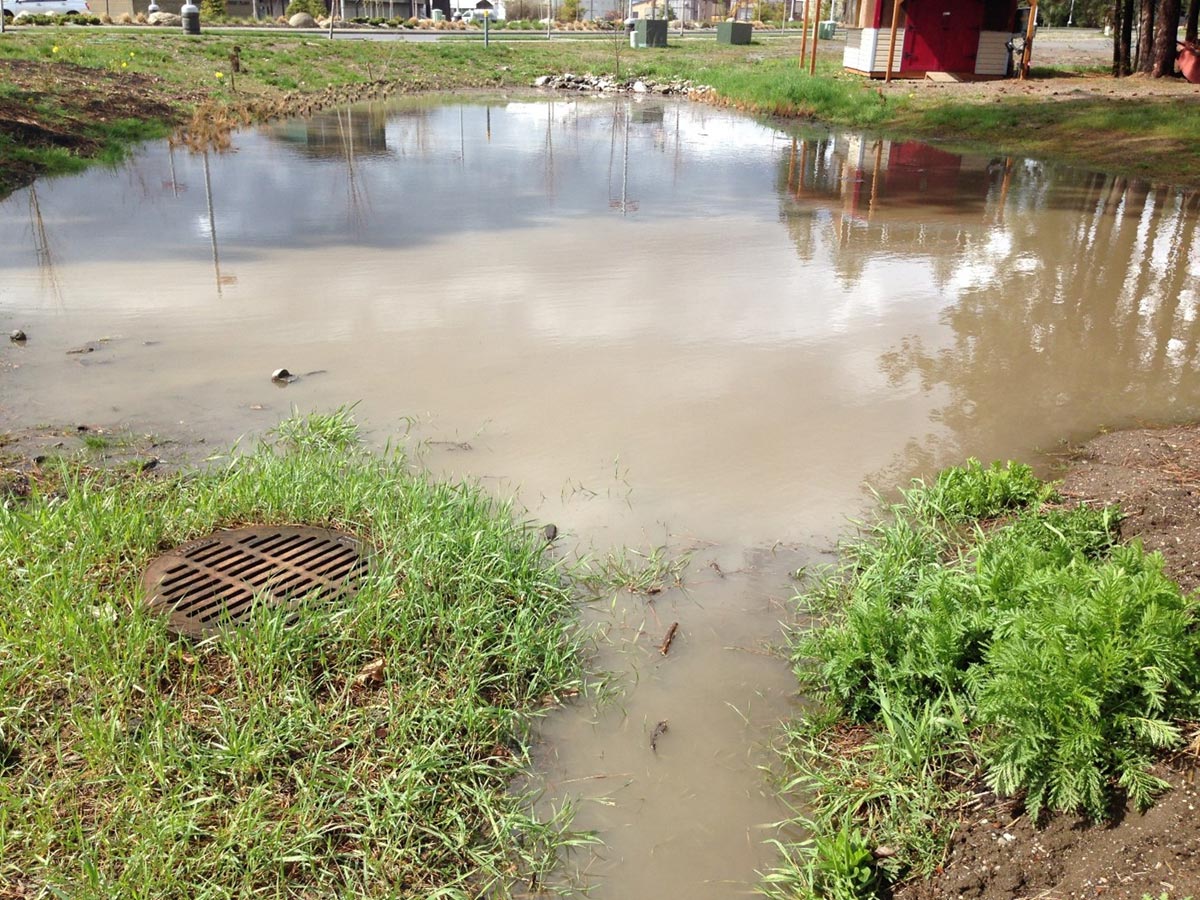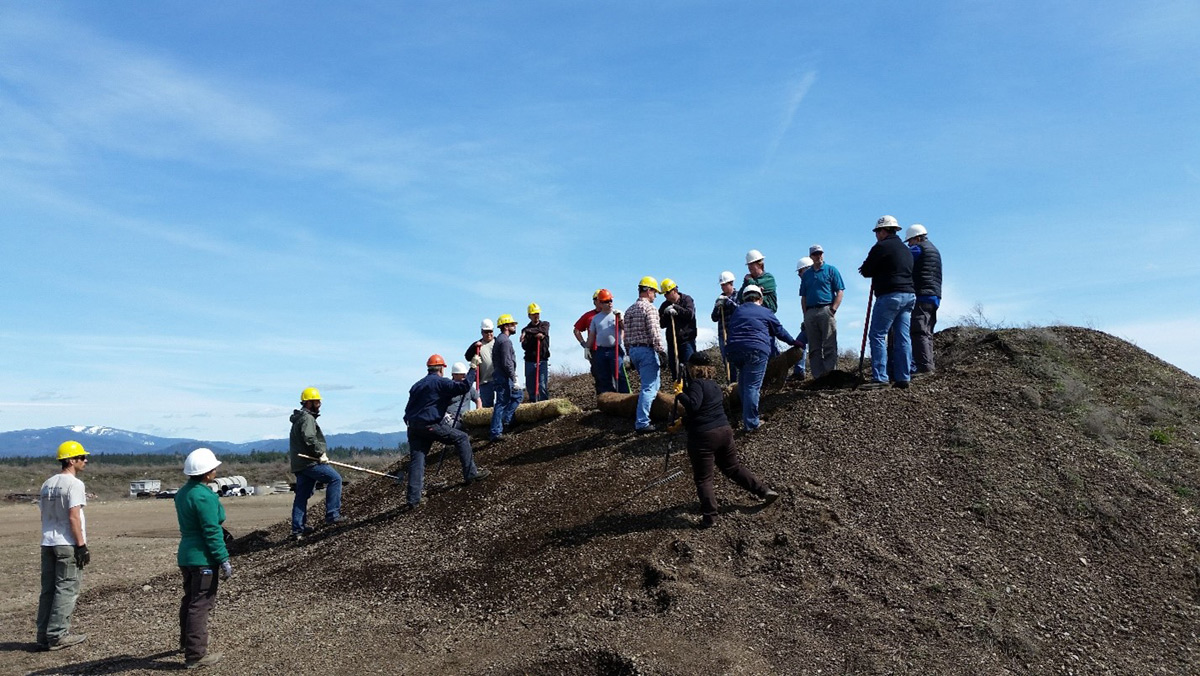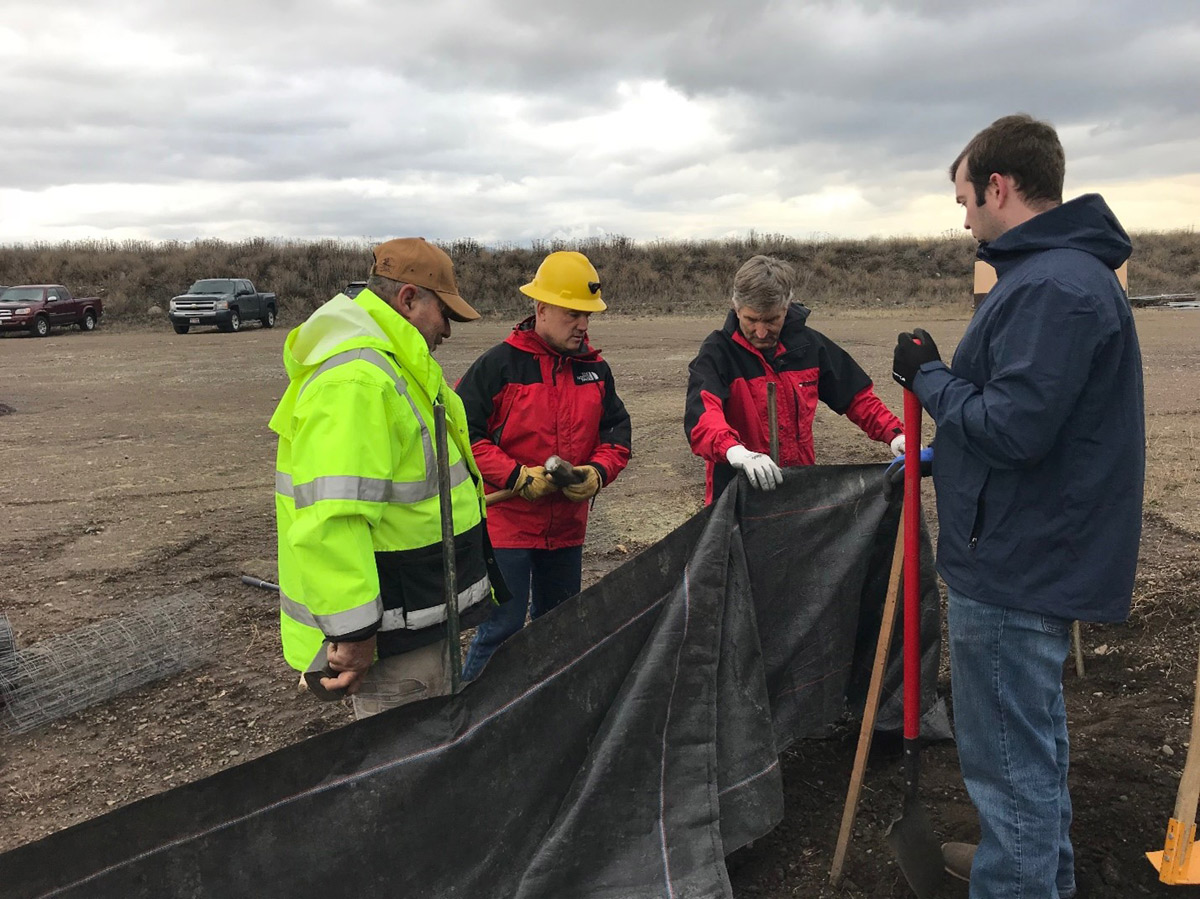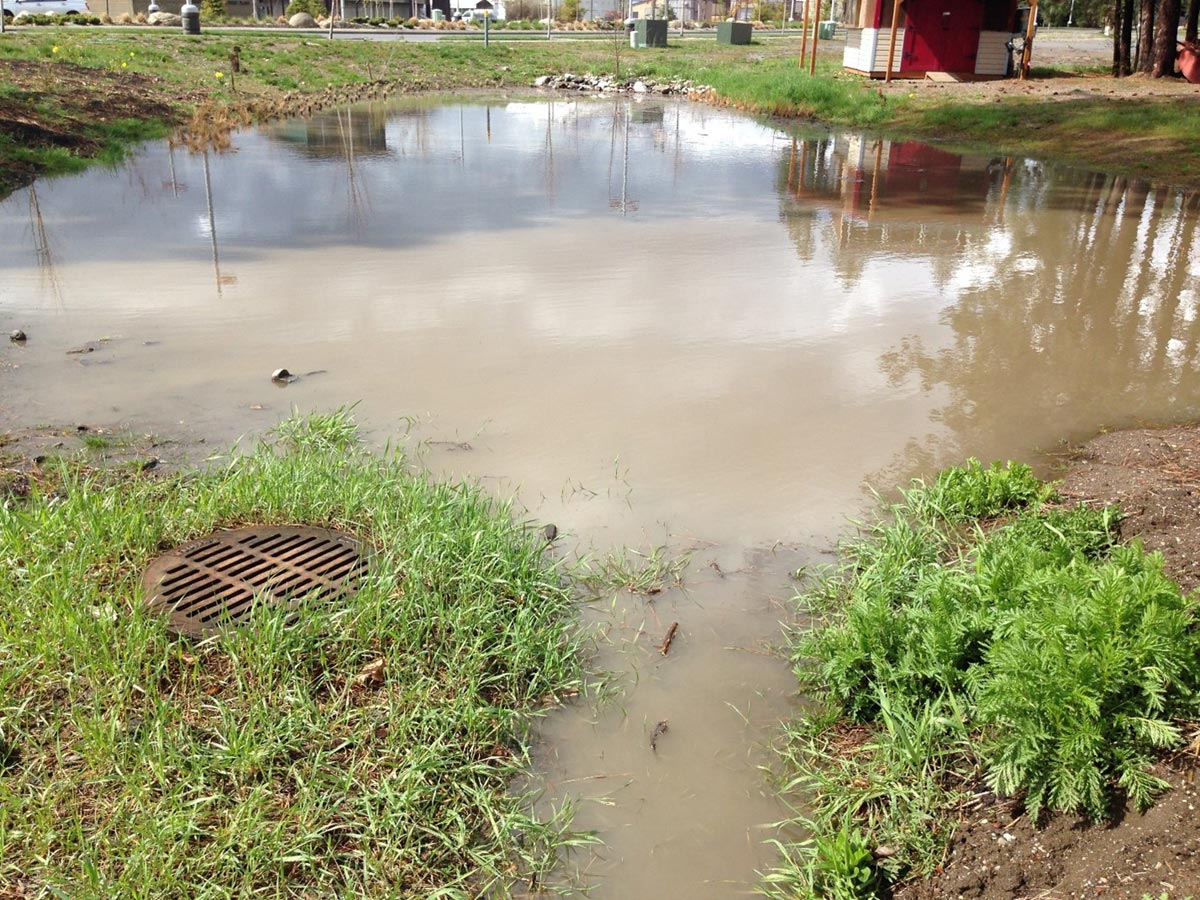Keeping Dirt Where It Belongs
This story was written by the Our Gem Collaborative team for the CDA Press on Sunday, Mar. 6, 2022. Read the original article.
Here comes the rain again saturating the soil and filling streams and rivers to their capacity. It’s great for vegetation but can cause a muddy mess on bare soil. This can be especially troubling when it comes to construction sites. Exposed soil can easily be eroded and, without proper Best Management Practices (BMPs), can cause trouble for water quality. Luckily our region offers classes to contractors, consultants, engineers, agency reps and the public on BMPs to reduce the impact of construction activities on Our Gem, Coeur d’Alene Lake.
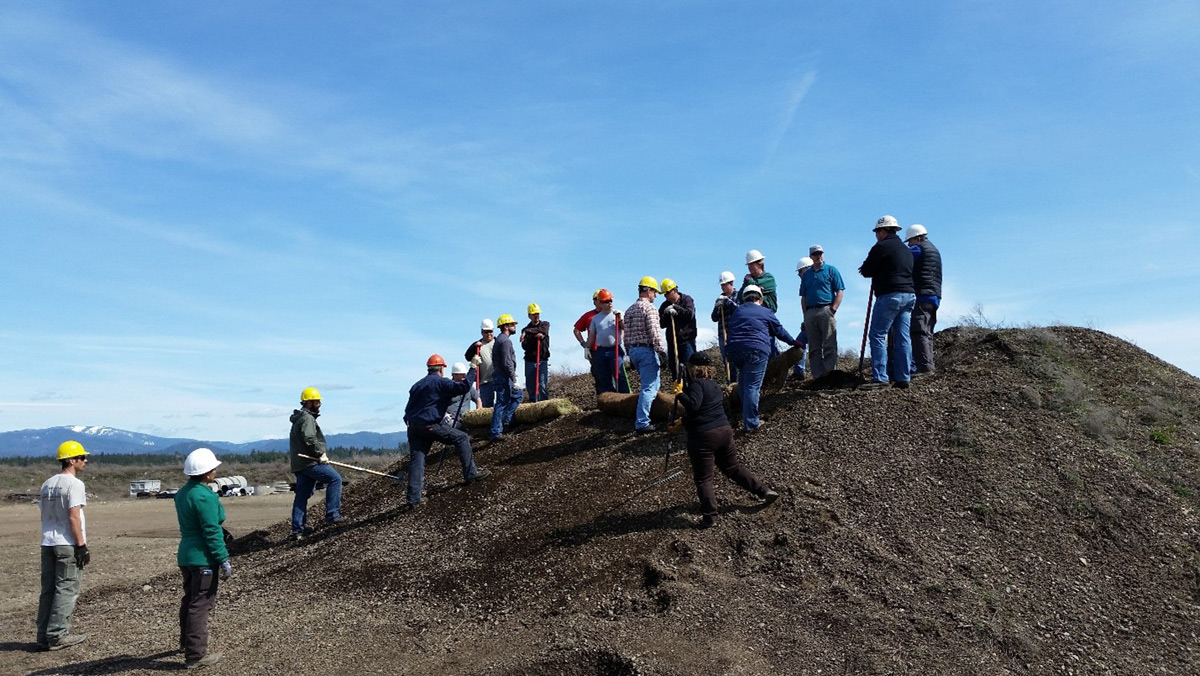
Founded in 2005, the Panhandle Stormwater and Erosion Education Program (SEEP) was designed at the request of contractors and design professionals. They felt tools existed to prevent the physical destruction of local water resources and avoid costly enforcement fines and they wanted to share those tools with the public. A steering committee was formed consisting of agency and university representatives, consultants and construction professionals to create an educational program with certification. Since the inception of the program, over 950 people have been SEEP certified in erosion control practices.
The SEEP introduction class provides background on how erosion and sedimentation can impact water quality. Erosion is a naturally occurring process that is accelerated by construction activities when vegetation is removed, and the soil surface is disturbed. Sedimentation, or the accumulation of eroded soils, is considered the biggest pollutant of Idaho waters. Many factors affect erosion such as hydrology, precipitation, soil permeability and topography. But the biggest factor is vegetation. Erosion can be greatly reduced by limiting the removal of existing vegetation and by limiting how long soils are left bare.
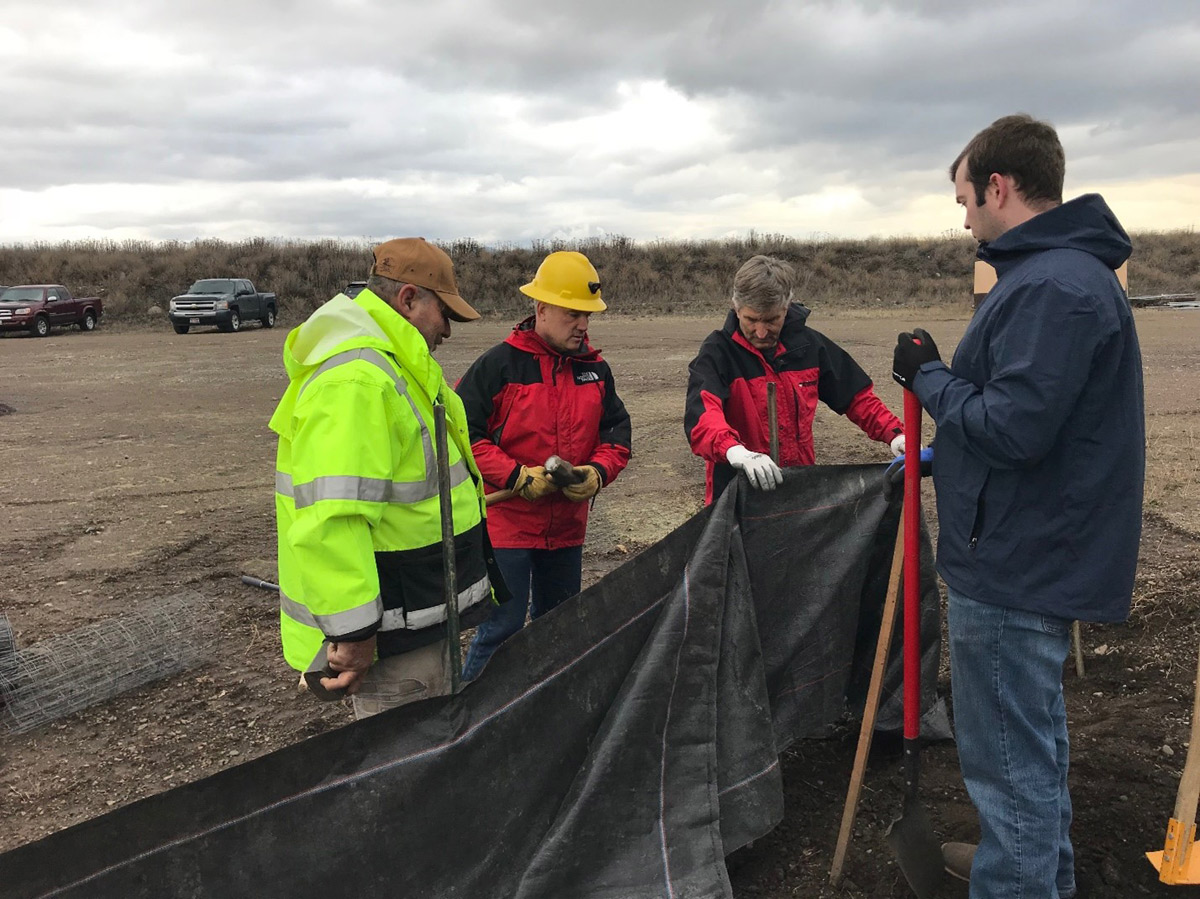
SEEP classes cover methods of assessing construction sites to reduce erosion and introduce various BMPs. BMPs are structural, non-structural and planning practices that control, prevent or minimize pollution including site run-off, spillage, leaks, and waste disposal. BMPs include silt fences and wattles, but also include secondary containment for potential chemical spills, and proper planning of the site and vegetation removal. The highlight of the class is when participants get hands-on experience properly installing structural BMPs in the field. Advanced SEEP classes go into more specific topics such as developing Stormwater and Pollution Prevention Plans (SWPPP) and Low Impact Development.
SEEP works to provide erosion control tools to construction professionals. It increases skill levels and fosters communication and collaboration between industry, agencies and landowners while developing a local pool of experts as resources for the development community. All of which help make construction projects less impactful to our local surface waters and groundwater, which we rely on for drinking water and economy.
SEEP classes are held every Spring and Fall. You can find more information at PanhandleSEEP.org.
